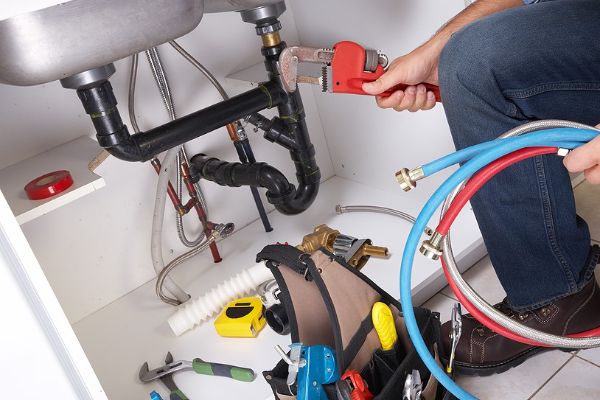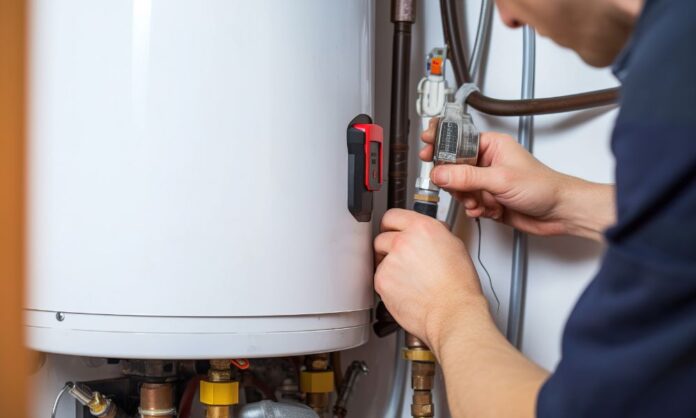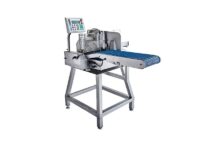Every modern building is a symphony of systems working in harmony, unseen yet indispensable. Among these, the realm of Mechanical and Electrical Plumbing (MEP) stands as the backbone, ensuring that structures are not only functional but thrive as efficient, sustainable spaces. MEP systems are the quiet workhorses that deliver clean water, regulate air, maintain comfortable temperatures, and illuminate spaces with seamless precision. These systems, though hidden behind walls and under floors, are the essence of a building’s heartbeat.
MEP: THE FOUNDATION OF SMART INFRASTRUCTURE
Mechanical and Electrical Plumbing encompasses an intricate network of designs, installations, and maintenance tasks that breathe life into a building. Mechanical systems include heating, ventilation, and air conditioning (HVAC), ensuring comfort and air quality in all seasons. Electrical systems deliver power, lighting, and connectivity, while plumbing ensures water supply and waste management, forming a loop of essential utilities.
The increasing demand for sustainable and energy-efficient buildings has further elevated the importance of MEP solutions. In an era where climate-conscious decisions drive design and construction, MEP engineers are not merely installers but innovators who craft intelligent systems that reduce energy consumption, conserve water, and ensure long-term operational efficiency.
THE INTRICACY OF DESIGN AND INSTALLATION

Crafting an MEP system is no small feat. It begins with meticulous planning and collaboration among architects, engineers, and contractors. Every pipe, wire, and duct must align with the building’s blueprint while adhering to safety codes and environmental standards. This is where expertise meets creativity, as engineers design systems that fit within architectural constraints without compromising performance.
Take plumbing, for instance. It’s not just about running water through pipes; it’s about ensuring a steady supply of hot and cold water, maintaining adequate pressure, and designing drainage systems that prevent backflow and blockages. Similarly, electrical systems must account for load distribution, safety circuits, and integration with smart technologies that allow for automation and monitoring.
Mechanical systems, too, are no less complex. HVAC systems must balance comfort with energy efficiency, employing advanced technologies like variable refrigerant flow (VRF) systems, energy recovery ventilators (ERVs), and geothermal solutions. The coordination of these components demands precision, as a failure in one segment can ripple through the entire system.
THE SHIFT TOWARD TECHNOLOGICAL INTEGRATION
The integration of cutting-edge technology has transformed the MEP landscape. Building Information Modeling (BIM) has emerged as a revolutionary tool, enabling engineers to visualize and simulate MEP systems before installation. With BIM, clashes between systems can be identified and resolved during the design phase, saving time and costs during construction.
Automation and smart controls are also redefining how MEP systems operate. Sensors, IoT devices, and AI-driven algorithms allow real-time monitoring and control of energy usage, temperature, and lighting. These technologies not only enhance user comfort but also contribute to significant energy savings—a critical aspect in regions like the UAE, where extreme climates demand efficient resource management.
MEP IN THE UAE: A CHALLENGE AND OPPORTUNITY
The UAE, with its rapid urbanization and architectural ambition, has become a global hub for innovative construction. From towering skyscrapers to sprawling residential complexes, every structure in this region requires robust MEP systems to withstand harsh environmental conditions while meeting the highest standards of comfort and efficiency.
One of the greatest challenges in the UAE is managing energy consumption. Cooling alone accounts for a significant portion of energy use in buildings. MEP engineers in the region are addressing this by implementing advanced HVAC systems and leveraging renewable energy sources such as solar power. Water conservation is another critical focus, with plumbing systems incorporating technologies like low-flow fixtures and greywater recycling.
Moreover, the UAE’s commitment to sustainability is reflected in initiatives like the Estidama Pearl Rating System and LEED certifications. MEP construction companies play a pivotal role in achieving these benchmarks by designing systems that align with green building standards.
THE HUMAN ELEMENT: SKILLED PROFESSIONALS DRIVING EXCELLENCE
Behind every successful MEP project lies a team of skilled professionals who bring expertise, innovation, and dedication to the table. From engineers and designers to technicians and installers, each individual contributes to the seamless execution of these complex systems.
Training and upskilling are vital in this industry, given the rapid advancements in technology and evolving regulations. In the UAE, MEP professionals are continually adapting to new challenges, such as integrating renewable energy solutions, incorporating AI-driven systems, and meeting the unique demands of mega-projects.
THE FUTURE OF MEP SYSTEMS
As cities evolve into smart, sustainable hubs, the role of MEP systems will only grow in significance. Innovations like zero-energy buildings, smart grids, and advanced water management systems are pushing the boundaries of what’s possible. The focus is shifting toward creating buildings that not only serve their occupants but also contribute positively to the environment.
The UAE, with its vision for futuristic cities, is at the forefront of this transformation. From the development of sustainable communities like Masdar City to the construction of record-breaking skyscrapers, the demand for cutting-edge MEP solutions is soaring. Companies specializing in MEP construction are rising to the occasion, employing the latest technologies and practices to deliver projects that set new benchmarks.
CONNECTING THE DOTS
Mechanical and Electrical Plumbing may often go unnoticed, but it forms the lifeblood of every building we inhabit. Its importance cannot be overstated, especially in a region as dynamic and forward-thinking as the UAE. From ensuring comfort and functionality to driving sustainability and innovation, MEP systems are integral to the success of modern construction projects.
As the UAE continues to redefine its skyline and urban landscape, the role of MEP construction companies in UAE remains indispensable. These firms are not just builders; they are creators of environments where people can live, work, and thrive—a testament to the power of engineering ingenuity and human ambition.




